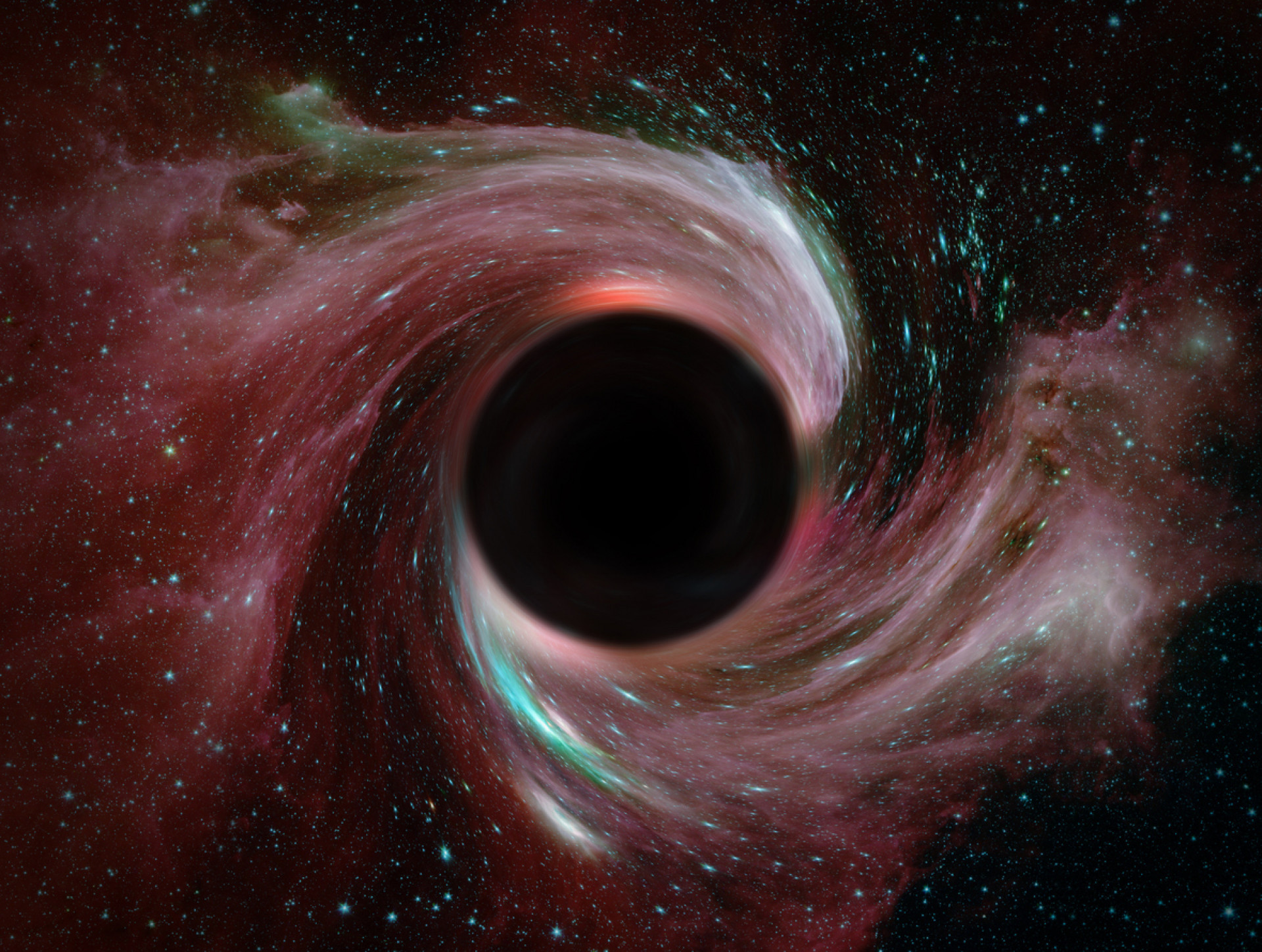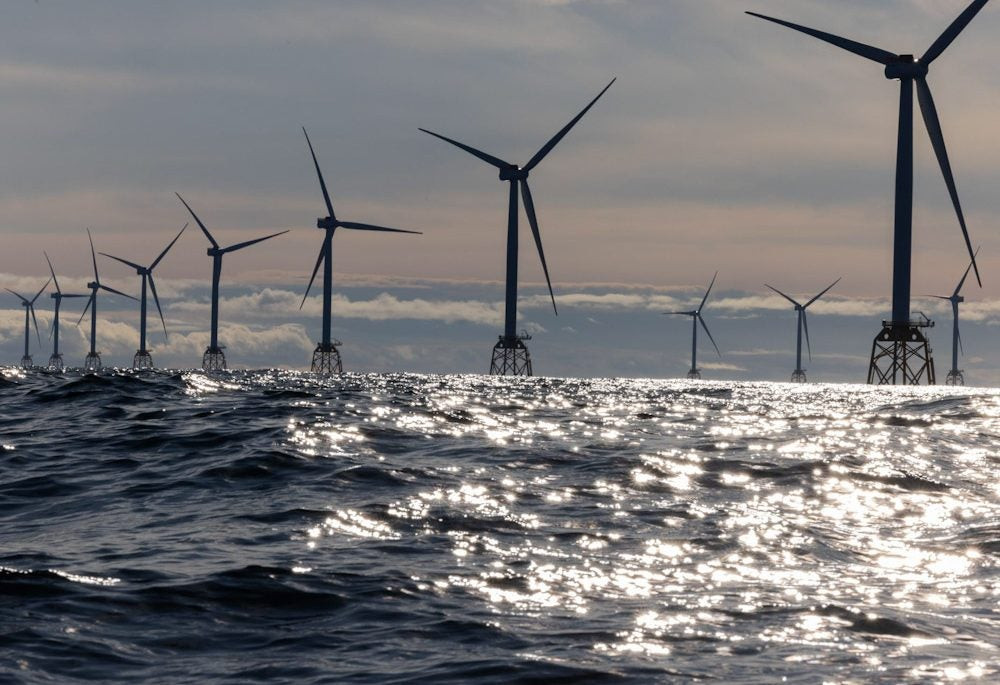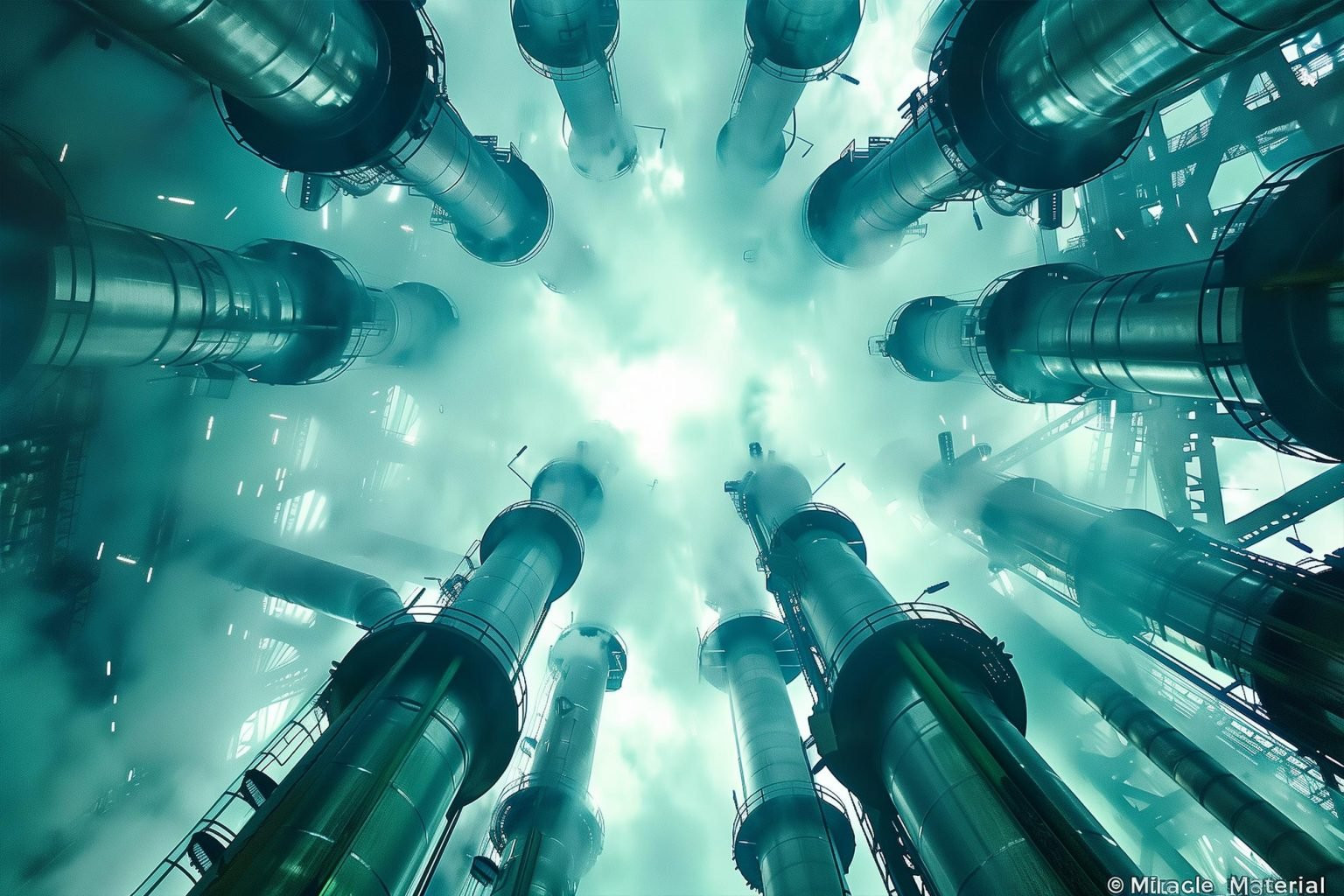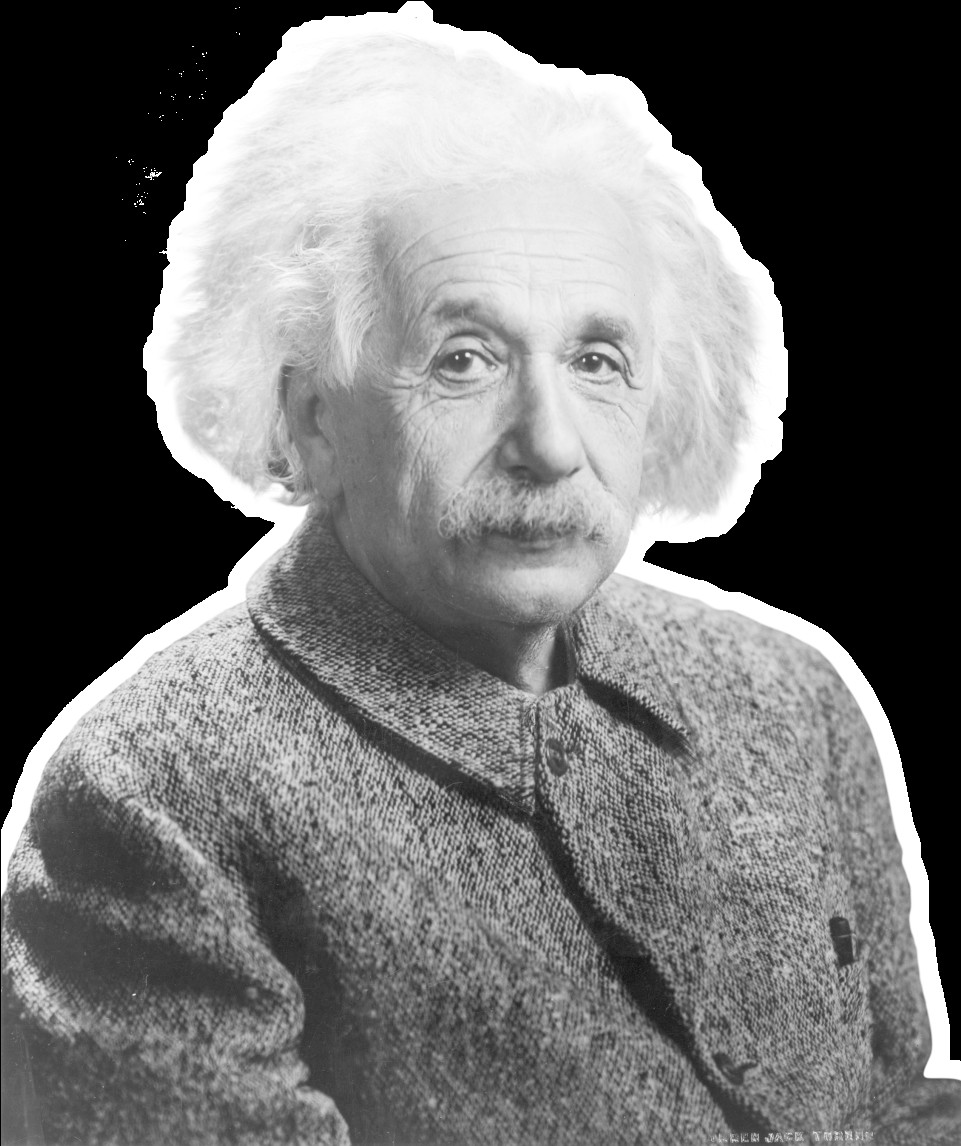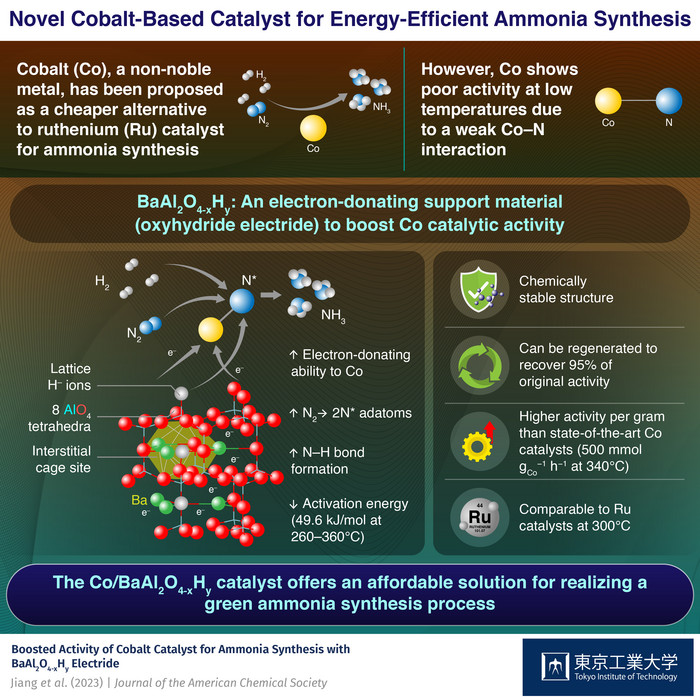A Harvard professor has proposed a groundbreaking concept in his latest research paper, "Illumination of a Planet by a Black Hole Moon as a Technological Signature." Published in the Research Notes of the American Astronomical Society, the study suggests that advanced civilizations could harness energy from a "Black Hole Moon" orbiting their home planet. This idea builds upon Nobel laureate Roger Penrose's 1971 theory about extracting energy from rotating black holes.
Loeb's concept involves creating a small black hole, with a mass of 100,000 tons, that would orbit its home planet. This black hole would emit Hawking Radiation, named after physicist Stephen Hawking who theorized in 1975 that black holes emit photons, neutrinos, and some larger particles. However, without intervention, such a black hole would evaporate in approximately 1.5 years due to this radiation emission.
Loeb suggests that by adding relatively small amounts of matter (2.2kg) per second onto it, the black hole could be maintained while providing an endless supply of power. He described this system as "the most efficient engine" he has ever contemplated. "The fuel is converted to energy with the perfect efficiency of 100%, because the mass falling into the black hole is ultimately coming out as Hawking radiation," Loeb explained via email to Universe Today.
A Powerful Engine with Waste Recycling Capabilities
Loeb's proposed black hole could continuously supply 40 quadrillion Watts, significantly outperforming current energy sources. "The global energy use is a few terra-Watts, 10 thousand times less than the power supply of this black hole," Loeb stated. He further highlighted that such a black hole engine could use any form of matter as fuel, including waste materials.
A Potential Technosignature for SETI
Loeb's research also suggests that the illumination from such a black hole could serve as a potential technosignature for future SETI surveys. He theorized that "the black hole engine could be discovered as a rogue rocky planet that is illuminated by a gamma-ray moon with no stellar-mass companion." This implies that if evidence for such an engine were found, it could indicate the existence of highly advanced technological civilizations.
A 'Black Hole Moon' as a Sign of Advanced Civilization
The idea that advanced civilizations could use black holes for energy is not entirely new. For instance, John M. Smart's Transcension Hypothesis, a proposed resolution to the Fermi Paradox, suggested that advanced intelligence may migrate to the region surrounding black holes to take advantage of the energy available. But Loeb's concept of a "Black Hole Moon" adds a new twist to this theory.
The Challenges of Engineering a Black Hole
While the concept of a black hole engine might seem appealing, creating one presents significant challenges. Loeb emphasizes that "any production line of a 1011 g black hole requires compressing matter or radiation to a mass density that is 60 orders of magnitude above the density of solid iron." This level of density is far beyond what humanity can currently achieve.
A Futuristic Vision, but a Promising Research Direction
Loeb acknowledges that the concept of a black hole engine is currently theoretical. However, he believes that it represents a promising research direction for understanding the potential for advanced civilizations to harness the power of black holes. He concludes, "There is no better marker of technological innovation than creating a furnace out of spacetime curvature in the form of a mini black hole."
While Loeb's "Black Hole Moon" concept might seem like science fiction, it highlights the boundless possibilities that physics and technology hold. It also serves as a reminder that the universe might harbor surprises that we can only begin to imagine. Perhaps, one day, we will discover evidence of such an advanced civilization and its ingenious use of a "Black Hole Moon" to illuminate its home planet. Only time will tell.




